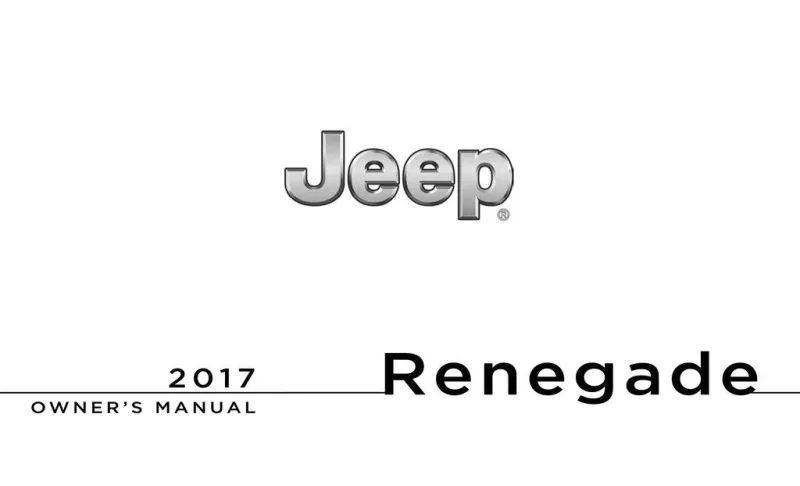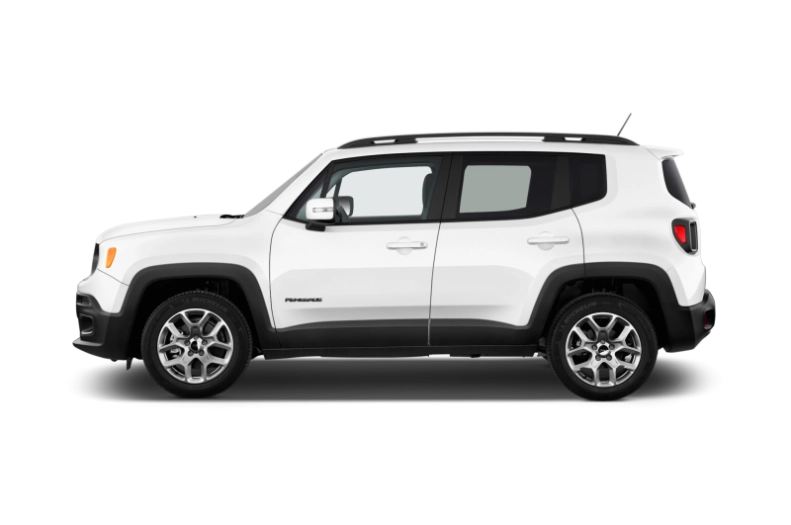2017 Jeep Renegade Owner's Manual

Table of Contents
2017 Jeep Renegade Overview
Introduction
The 2017 Jeep Renegade is a versatile compact SUV that embodies the adventurous spirit of the Jeep brand, expertly blending rugged capability with modern styling. With its distinctive design and ample technology features, the Renegade promises an enjoyable driving experience both on and off the road. It's an ideal choice for those seeking a vehicle that can handle urban jungles and wilderness terrains alike.
Powertrains
The 2017 Jeep Renegade offers a selection of robust powertrains to cater to varying preferences. Standard is a 1.4-liter turbocharged four-cylinder engine that produces 160 horsepower, paired with a six-speed manual transmission. There's an available 2.4-liter Tigershark four-cylinder engine generating 180 horsepower, which comes with a nine-speed automatic transmission. With both two-wheel and four-wheel drive options, the Renegade can tackle any terrain while maintaining efficiency.
Trims
The Renegade comes in multiple trims, including the Sport, Latitude, Limited, and Trailhawk, each offering unique features. The Sport trim is equipped with essential amenities, while the Latitude adds a touch of comfort with upgraded interior materials and a host of tech features. The Limited trim elevates luxury with premium leather seating and advanced safety features, while the Trailhawk is specially designed for off-road adventures, boasting enhanced suspension and off-road tires.
Features
This compact SUV is loaded with modern conveniences, including a 5-inch touchscreen infotainment system, Bluetooth connectivity, and a USB port standard across all trims. Optional features include a larger 8.4-inch touchscreen, navigation, a premium audio system, heated front seats, and advanced safety features like blind-spot monitoring and rear cross-path detection.
Owners Manual
The 2017 Jeep Renegade comes with a comprehensive owner's manual, detailing important information about the vehicle's operation, maintenance schedules, and troubleshooting tips. This guide is an indispensable tool for owners to ensure optimal performance and longevity of their SUV, helping them navigate the exhilarating world of Jeep ownership confidently.
User manual download
The Jeep Renegade owner manual for the 2017 model year is to be found in PDF downloadable format on this page. The owner manual for the model year 2017 is free and in English, but the repair manuals are usually not easy to get and may cost more.
Manual Questions
Fill the form below and someone will help you!

